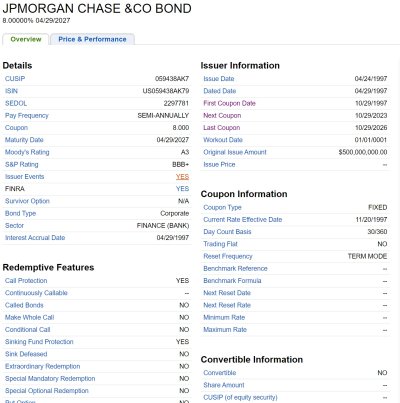Healthy Lifestyle
Recycles dryer sheets
Corporate defaults and bankruptcies are surging.
https://www.cnbc.com/2023/06/24/hig...mic-uncertainty-boost-corporate-defaults.html
These defaults and bankruptcies are surging for
small and some medium size companies that have high debt that need to borrow at higher rates.

